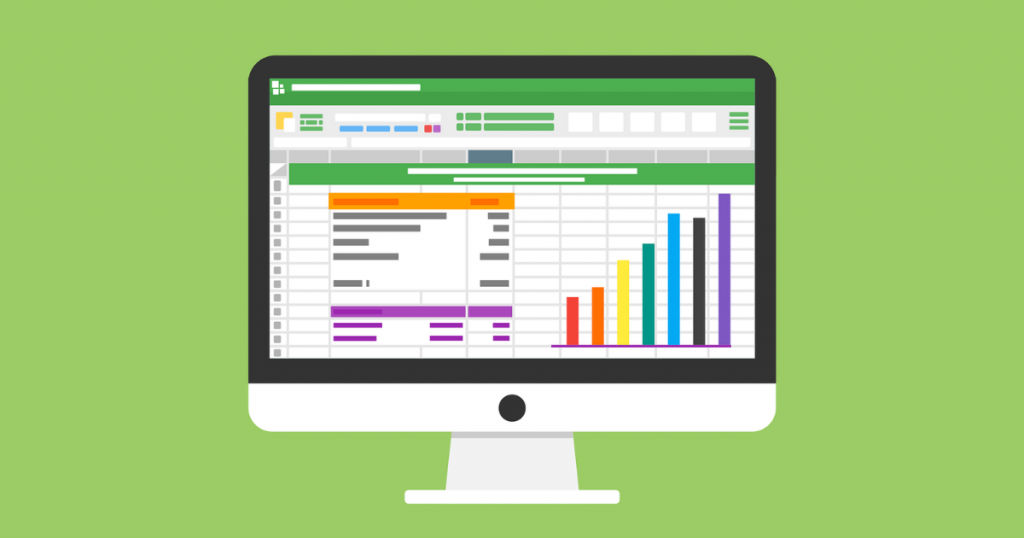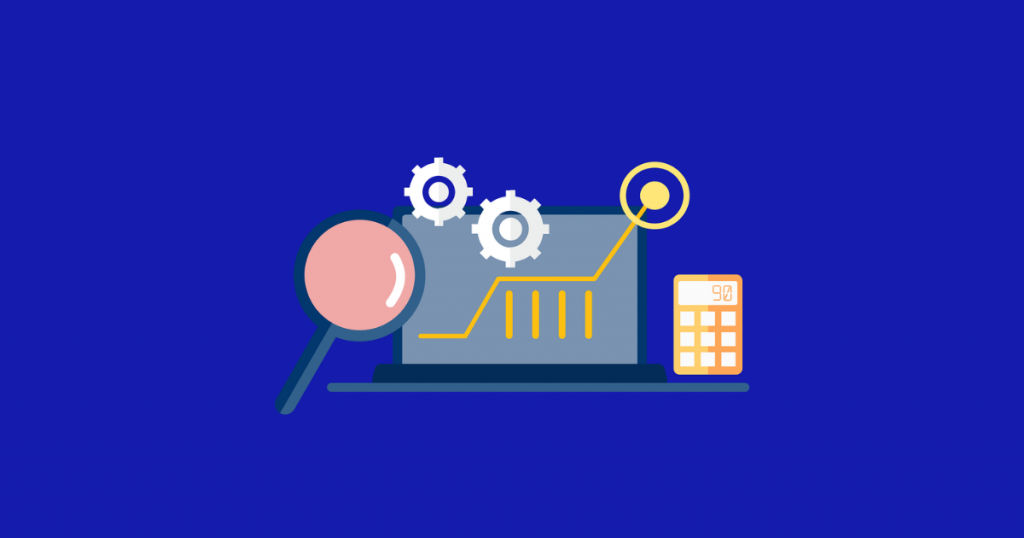Conversion rate optimization (CRO) is the practice of raising the overall percentage of visitors on a website that ultimately increases subscribers, paid users, or conversions on your site.
For example, if the prevailing conversion rate is 25 percent, that denotes that 25 percent of people who visit your website are converted. It’s similar to running a retail store wherein several people might enter and view your products and services, but only some purchase and leave by spending money.
The conversion rate optimization process emphasizes two essential factors –
1. Minimizing friction in your funnel
2. Improving the value of your offer
Table of Contents
Calculating Conversion Rate

Conversion rate is a ratio that refers to the percentage of converted visitors to your website.
The equation for calculating conversion rate is simple –
Conversion Rate = (Total transactions/Total site visits) x 100
For instance, 100,000 people visited your website the previous month. Out of those visitors, 3,000 purchased a product. Then, your Conversion Rate would be 3 percent (3,000/100,000*100).
If 10,000 people converted, then your conversion rate would spike to 10 percent.
Effective Conversion Optimization Strategy
There are some metrics that can support conversion rate optimization. These metrics act as a baseline to determine whether your CRO methods work. Google Analytics offers valuable data based on these metrics, such as bounce rate, time on page, and plenty of other relevant information. Other metrics that impact those numbers include page load time and UX.
To begin with, the below pointers could offer some assistance. It is advisable to test them using both A/B testing and multivariate testing to determine how it turns out and then repeat the process.
a. Shorten all images to the least size possible.
b. Increase top-level navigation and include breadcrumbs.
c. Add internal links via every page to buoy up click-throughs.
d. Use clear subheads on pages that contain lots of content to encourage people to read.
e. Include unique CTAs on each page
10 Ways to Double your Conversion Rate
Conversion rate optimization best practices can support you to increase your results from the very start. It prevents you from starting from scratch every time. Following are some of the best strategies for improving your conversion rate and accelerating your website’s progress.
1. Know your potential customer
Identify the potential customers with buying capacity in your target market. Make sure that every marketing message reaches its target. It should be explicit and persuasive that your ideal customer can’t deny it.

2. Survey Users
Ask your users to fill in surveys or polls. Let the questions be brief and limited so that you receive more responses. Try to avoid repeated or tiresome questions. Keep in mind that you are seeking insights into your target customers’ particular requirements.
3. Gather and Analyze Data
Start tracking the metrics. You can make use of conversion rate optimization tools like GoVoto, Hello Bar, Fomo, and Google Analytics to ensure that you capture all your bases.
Once you collect a quantifiable amount of data, watch out for patterns, if any. It could be that majority of your customers discover you through Twitter, for example, or go through your about page before viewing your products. You can use this information to boost conversion rates.

4. Run A/B Tests
It is imperative to run A/B tests if you don’t wish to leave money on the table. Tools like Optimizely, AB Tasty, Crazy Egg have built-in A/B testing functionality. These tools eliminate the need for sifting through vast data and let you know the winning variant that receives the majority of the traffic way before the test completes.
5. Track the route that visitors take through your site
Tracking your buyers’ navigator journey can provide plenty of valuable data. It could be from reading your blog posts, following you on social media, or even how far they scroll down every page.
6. Give importance to the content that matters
The essential web pages like your landing and product pages require special attention. Running heatmap analysis on those pages lets you identify where your customers click and the ways they use the page. Then you optimize it for greater conversions.
7. Create the apt webpage with A/B testing
You might require plenty of tests before you craft the perfect page, and A/B testing can offer the needed assistance. You need to test your headline, image, body copy, CTA and button color, font color, font size, and any other element that can influence conversions.
8. Never do guesswork
Guesswork is what most people commonly do, and it should stop. Once you begin to actively gather data, try to make decisions depending on the numbers at hand.

9. Lead your Customers
Directional indicators and CTAs can guide your customers to where you want in your website. Be strategic about the positioning of the CTAs, navigational panels, arrowheads, and other elements.
10. Cut Down Friction
Get rid of any elements that promote objections or provide the user pause. For example, if you find an unnecessary paragraph on your sales page, remove it. Or, to make the information more visually appealing, make it into bullet points.
Conclusion
Conversion optimization rate is a complementary force designed to create an audience set and guide their behavior. By making use of these strategies, you can steer your website in the right direction.
Always keep in mind that the paybacks of a well-optimized site don’t happen overnight. You’ll have to revise your landing pages and test diligently to see the difference in organic search performance and conversions. For more options on conversion rate optimization tools, click here.
Read More
Top 7 Natural Language Processing Software in 2022
A Comprehensive Guide to Low-Code Development (LCDP) Software for 2022






